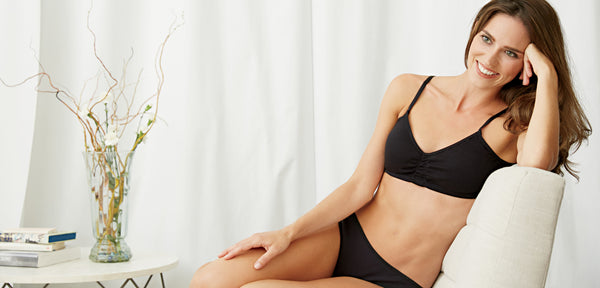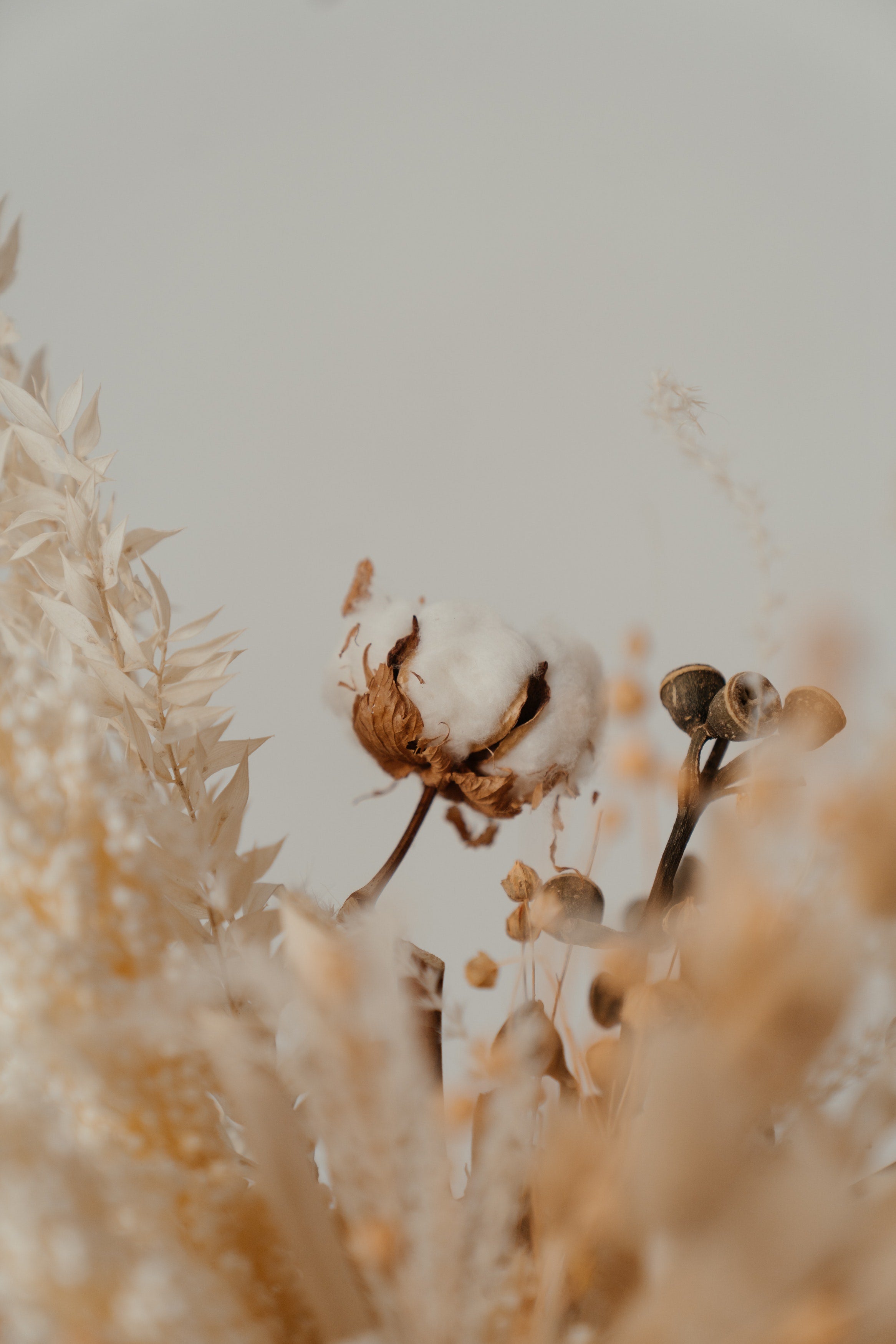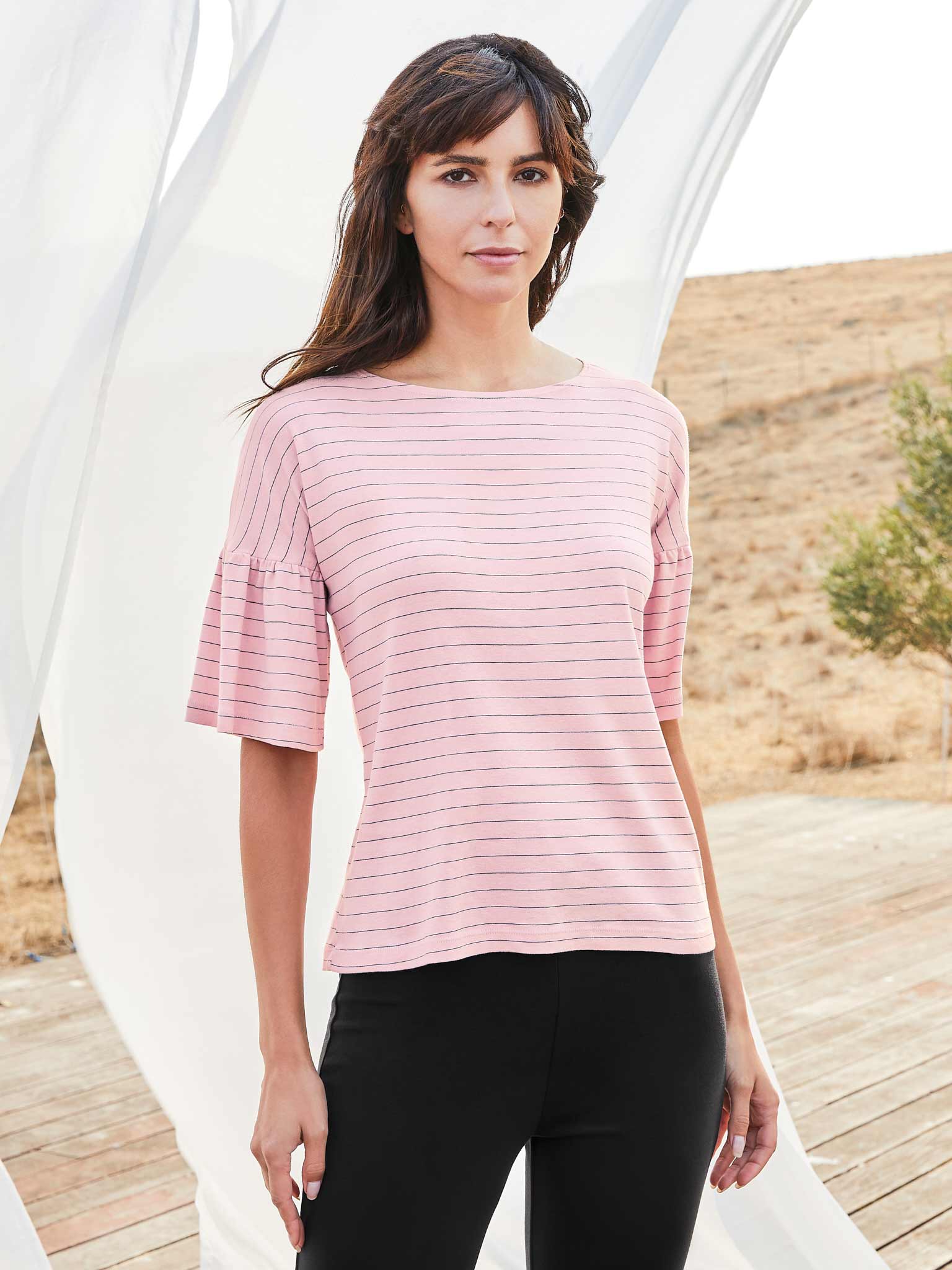Bras and Feminism: When Comfort Meets Freedom
After a long day, what’s the first thing you do when you get home? Let’s be honest — you unhook your bra, toss it aside, and breathe a sigh of relief. That moment of release has become almost universal — but should it have to be this way?
At Blue Canoe, we believe that comfort and freedom shouldn’t be opposites. The right bra can empower, not restrict. To understand why, let’s take a brief journey through the fascinating—and feminist—history of bras.
A Brief History: From Corsets to Comfort
Bras have come a long way since their earliest forms in Roman times. Women once wore breast bands to prevent sagging — a far cry from the freedom we expect today.
The Middle Ages introduced the corset, a tightly laced garment that was symbolic of class and control. It shaped not just the body, but society’s perception of how women should look and behave.
By the early 1800s, women had briefly rejected corsets in favor of looser clothing, which represented freedom and individuality. But fashion’s grip returned, and so did the corset — now reshaped as a “feminine necessity.”
The Birth of the Bra: A Symbol of Liberation
The real revolution began in 1914 when Caresse Crosby patented the first modern bra — a creation born of necessity and rebellion.
As the women’s suffrage movement gained momentum, the modern bra became a quiet but powerful symbol of autonomy. No longer bound by restrictive corsets, women could move freely, work, and express themselves without pain.
This was more than a design innovation — it was a cultural shift. Bras became a metaphor for women reclaiming ownership over their bodies.
The 1960s and Feminism: “Bra Burners” and Beyond
The 1968 Miss America protest was a defining moment when around 400 women gathered to challenge outdated beauty standards. Although no bras were actually burned, the image of the “bra burner” became a symbol of modern feminism, rejecting both physical and societal constraints.
It wasn’t about destroying the bra itself; it was about demanding choice. Feminism, then and now, is about women having the right to decide what feels best for them — whether that means wearing a bra or not.
Modern Shifts: The Comfort Revolution
Fast forward to today, and the conversation around bras has evolved again. Comfort is no longer negotiable — it’s essential.
During the pandemic, countless women ditched underwires and switched to wireless bras, bralettes, and soft, sustainable fabrics. According to The New York Times, wireless bra sales increased by 14% in 2020, while bralettes rose by 31%.
But this shift didn’t end when lockdowns lifted. It reflected a deeper movement — one that values body acceptance, sustainability, and mindful fashion.
The Feminist Side of Comfort
Choosing a comfortable bra isn’t about rejecting femininity — it’s about redefining it.
When women choose what feels right for their own bodies, that’s feminism in action.
When they support ethical brands that use organic cotton and bamboo instead of synthetic, polluting fabrics — that’s activism through everyday choices.
At Blue Canoe, we see bras as a bridge between comfort and conviction. Our bras are made with soft, breathable, sustainable fabrics that respect your body and the planet.
No underwires. No toxins. No compromises.
Why Blue Canoe Bras Stand Out
-
Made from certified organic cotton and bamboo
-
Free from harmful dyes and chemicals
-
Designed for every stage of womanhood — from first bra to post-surgery comfort
-
Ethically made in the USA
-
Soft, breathable, and wire-free for total freedom
Whether you’re practicing yoga, nursing, or simply lounging, our bras move with you — supporting your natural shape instead of constraining it.
Frequently Asked Questions
1. Are underwire bras bad for you?
Not necessarily — but they can cause discomfort and restrict natural movement. Many women find that wire-free bras are gentler on the skin and more supportive of breast health.
2. Why are women switching to wireless bras?
Because they’re prioritizing comfort and natural support, wireless bras made from organic cotton or bamboo provide lift without compression, allowing your body to breathe.
3. Are organic cotton bras more sustainable?
Yes. Organic cotton uses less water, avoids harmful pesticides, and is biodegradable. It’s better for your skin and the planet.
4. What is a bralette, and why is it popular?
A bralette is a soft, wire-free bra that provides gentle support and a natural shape. It’s perfect for everyday wear — comfortable enough to sleep in, yet stylish enough to show off under a loose tee or tank.
5. What does my bra have to do with feminism?
Feminism is about choice. Whether you wear a bra, a bralette, or nothing at all, it’s your decision. The feminist movement has always fought for women’s right to feel free, comfortable, and authentic in their own skin.
Comfort as an Act of Empowerment
At Blue Canoe, we believe comfort is a form of empowerment. For over 30 years, we’ve designed bras that celebrate women’s freedom, individuality, and sustainability.
When you wear Blue Canoe, you’re supporting more than comfort — you’re joining a movement that champions ethical fashion, women-owned business, and body-positive living. Take back your comfort. Take back your freedom.
Explore Blue Canoe’s collection of organic cotton and bamboo bras — designed by women, for women, who believe that true beauty starts with feeling at ease.






